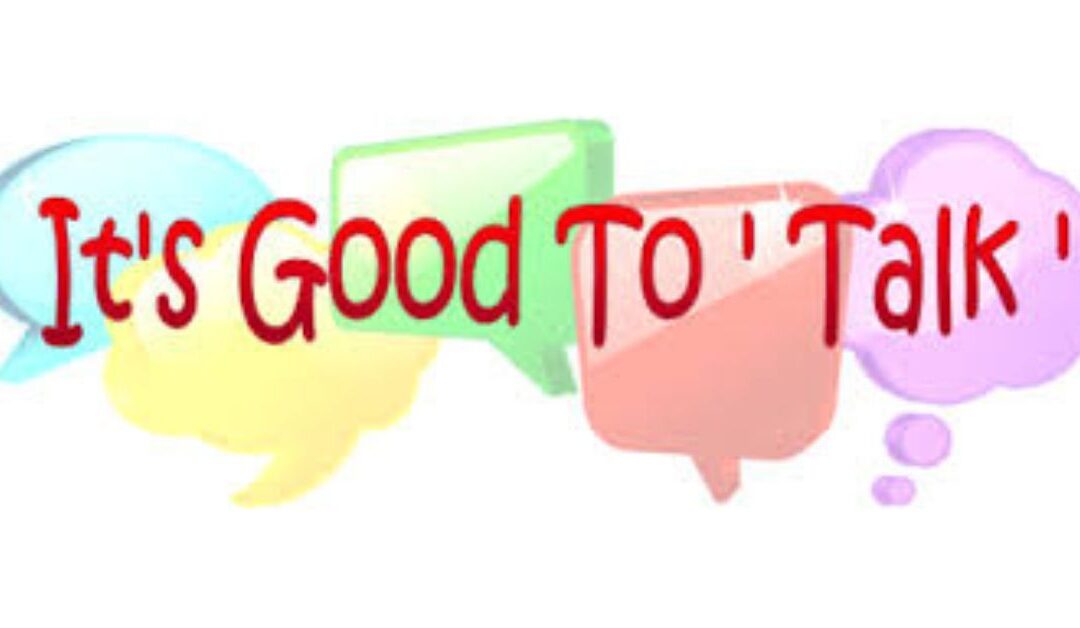
Missing reality
Current restrictions in the way that we communicate due to COVID-19 has forced us to forego face-to-face meetings and make the most of virtual reality. Unlike in the past, in settling for something that isn’t real we have no choice in the matter but it wasn’t always thus.
Ever tried instant mashed potato?
Back in the 60’s/’70’s the world was introduced to ‘Smash’, which consisted of a dry white powder added to boiling water. The experience of being mocked on TV commercials by Martians for the laborious way that we Earthlings peeled, boiled and then smashed our potatoes into little bits was enough for many people to switch from the real thing to a synthetic alternative. The fact that the contents were listed as 98% potato is missing the point. Add the other 2% and you’re still not even close but enough consumers were hooked. Certainly in the eyes of the ad industry there’s no denying the success of the TV commercials which were subsequently voted ‘best of the century’ by Campaign Magazine.
Smash still exists, competing for shelf-space alongside various other brands, so clearly the market is prepared to settle for something that doesn’t even claim to be the real thing. If it’s less bother, saves time, reduces washing-up and there’s even a cost advantage what’s not to like? Does it matter if it’s not real? Is it in fact the new real?
The technology behind collaborative platforms such as Zoom, Teams and Skype has come of age and proved successful in addressing many of the same problems put across by ‘Smash’ in terms of cost and time-saving efficiencies. However, virtual reality is nothing like as close as the term suggest. It’s simply the best that’s available, and it’s important not to lose sight of what we valued pre-COVID.
In the context of successful job interviewing the pronouncement: “Ok, I think it’s a good idea for us to meet” used to be a sure sign that you’d successfully passed the preliminary rounds and could have a real crack at nailing the role – or indeed finding out if you really wanted it. Spend 20 minutes on a phone call with a friend and sign off with “let’s have a quick drink later” will launch you into a different realm where everything just said will take a back seat to all that’s about to be discussed. You don’t need to ask “why?” because you know it’s just going to be about ‘stuff’. Don’t you miss all that?
For the sake of argument, even if we assume that everybody on a webinar has the same tech specifications, same signal strength and everything is working perfectly the X-factor is still missing. Nuance can get lost in translation; body-language is indistinct or artificial; reaction lacks spontaneity, and much of value that doesn’t get said remains subliminal. In an interview situation, the manner in which the candidate interacts with the interviewer will be how the latter might envisage the former will behave with proper clients. This will be an adequate test for many roles but by no means all, and for a job that requires steady relationship-building, information-sharing and dynamic problem-solving there’s so much that’s still missing. So much is left to the imagination, there’s so much that must be taken on trust and to make a hiring decision at this stage requires a leap of faith. That leap represents the gap that yawns between today’s normality and pre-COVID reality. As it stands, we have to make do with the next best thing and therein lies the rub. So close can be so far, and it’s worth reminding ourselves what we’ve been missing.
Imagine you’ve arranged to meet somewhere neutral, and this could be for an interview, client-meeting, sales-pitch or just for a spot of networking. The fact that you’ve both bothered to turn up requires effort from both sides. You may think you know somebody really well until you see them out and about. Have you ever seen them eat? What are they like in a social situation? How do they behave in a crowded room? Do they show any empathy for waiters or other customers on tables? What are they like outside the office environment? Do they use their height advantage to diminish your own presence and input? Can I actually bear to be in the same room as this person on a daily basis? Without saying what’s right and what’s wrong the point is you miss out on so much that we used to take for granted.
In reality (there’s that word again) there’s nothing ‘neutral’ about territory online if one of you has better technology, more privacy or a more ergonomic chair. Frequent pauses and moments of silence create negativity. There are real problems when processing non-verbal clues of communication. You can have 3 different screens scheduled for 3 different meetings and due to a tech problem nothing gets done despite best efforts. You find yourself crying out for a real live meeting when everything was easier.
Right now, and until the restrictions are eased there’s nothing for it but to endure Smash despite all its limitations.
Oh, and did I mention? It tasted dreadful.




